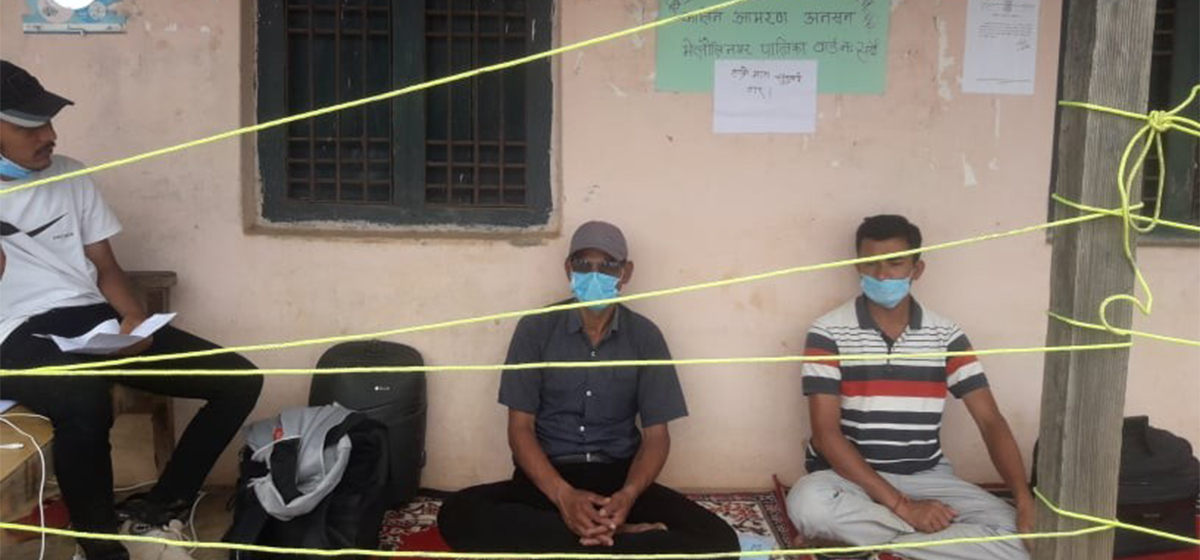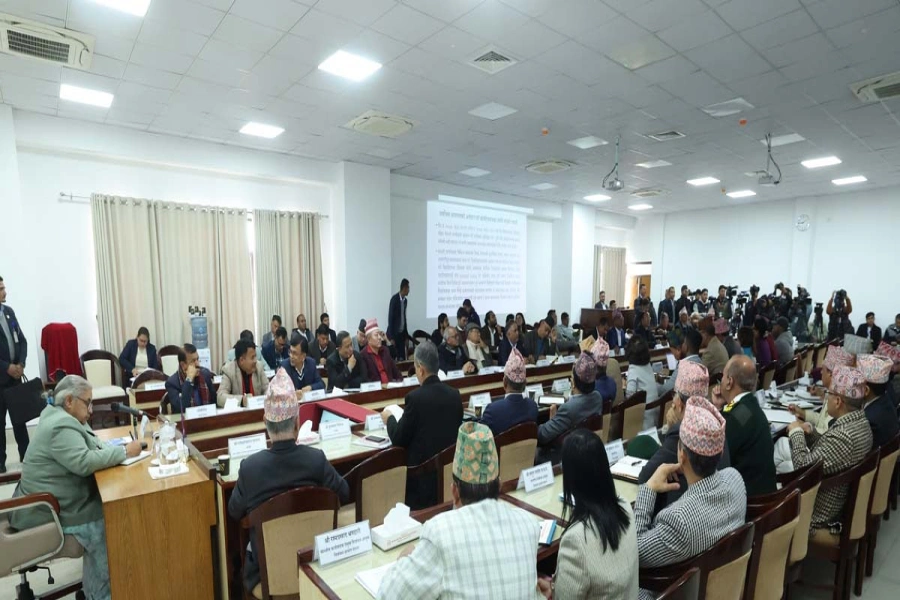At the ending point of 500 years of Western dominations, the "Asia Century" is believed to begin any time soon. In this matter, India is one of the decisive forces in Asia, in shifting the power and prosperity from west to east. However, unfortunately millions of Indians are still starving and hunger is a serious problem there. The hunger situation not only in India but in other countries in the South Asian region is also below satisfactory levels. Poverty, unemployment, inequality and rising food prices are the underlying causes of hunger and the region has the highest child stunting rate and by far the highest child wasting rate of any world region. Pregnant and lactating women also suffer from malnutrition, as well as micronutrient deficiencies in considerable numbers.
Hunger is an uncomfortable or painful physical sensation caused by insufficient consumption of dietary energy. Similarly, a person is food insecure when they lack regular access to enough safe and nutritious food for normal growth and development and an active and healthy life. According to a report of the World Food Program (WFP), globally every year hunger kills 9 million people and tens of millions of people in more than 40 countries are on the brink of famine. Conflict is still the biggest driver of hunger, with 60 percent of the world's hungry living in areas affected by war and violence. Events unfolding in Ukraine, Sudan, Ethiopia and Palestine are further proof of how conflict feeds hunger, forcing people out of their homes and wiping out their sources of income. Moreover, the climate shocks destroy lives, crops and livelihoods, and undermine people's ability to feed themselves.
A recent report released by the UN Environment Programme (UNEP) reveals that at least one billion meals are wasted in households across the world every day, amounting to an average of 79 kg of food waste per person annually. Its Food Waste Index Report 2024, unveiled that this food waste, including edible items, equates to 1.3 meals per day for individuals suffering from hunger globally. Moreover, according to the 2023 Global Hunger Index (GHI), progress against hunger worldwide remains largely at a standstill. With just seven years remaining to meet the Sustainable Development Goals (SDGs), the compounding impacts of climate change, conflicts, economic shocks and the global pandemic have exacerbated social and economic inequalities and slowed or reversed previous progress in reducing hunger in many countries.
The GHI scores are based on a formula combining four indicators that together capture the multidimensional nature of hunger, which are undernourishment, child stunting, child wasting and child mortality. And a considerable numbers of people in many countries are suffering from these deficiencies caused by hunger and this problem in South Asia is also serious in nature, which are as follows:
India
People's representative on hunger strike demanding electricity

India is among the largest producers of rice, wheat, milk and sugarcane in the world. It may be the second largest food producer in the world based on calorie content, yet the country came in 111 position out of 125 countries in the recently published Global Hunger Index, which referred to the level of hunger in India's population as "serious."
India, with a population of 1.4 billion, accounts for one quarter of the world's undernourished and is home to over 190 million hungry people. It has a weak supply chain and logistics as well. Its food problem is also compounded by the fact that the rising middle class is on course to demand for more food — and better quality food as well. It has faced some volatile supplies and price movements for crucial food products in the past year, which led the government to clamp down on overseas shipments. With elections fast approaching, some are hoping that more measures could be given to aid the country's food ecosystem.
Pakistan
In recent years, Pakistan has produced food required for its population and has become a major producer of wheat and rice. However, the poorest and most vulnerable people cannot afford a sufficient and nutritious diet despite the overall growth in food production. In the 2023 Global Hunger Index, Pakistan ranks 102nd with a level of hunger that is serious. Poverty, recurring disasters, and political and economic volatility drive undernutrition and food insecurity in some areas of Pakistan. More than 20 percent of Pakistan's population is undernourished, and nearly 45 percent of children younger than five years of age are stunted, according to the WFP. Pakistan is also prone to extreme weather and disasters.
Bangladesh
While levels of extreme poverty are on the decline, nearly 20 percent of Bangladeshis still live below the national poverty line, according to the WFP. Approximately 25 percent of the population in Bangladesh remains food-insecure and 36 percent of children younger than five years of age suffer from stunting, a common measure of chronic malnutrition, the WFP reports.
In the 2023 Global Hunger Index, Bangladesh ranks 81st with a level of hunger that is moderate. It has achieved reductions of five points or more between its 2015 and 2023 GHI scores. This reduction in hunger is particularly impressive given the challenges facing the world and the stagnation in hunger levels at the global level in recent years.
Nepal
In Nepal, approximately 5 million people are undernourished. In the 2023 Global Hunger Index, Nepal ranks 69th with a level of hunger that is moderate. Nepal has also reduced five points or more between its 2015 and 2023 GHI scores. Remittances from foreign employment have also been supportive in keeping hunger at a moderate level.
As much as 20 percent of people live below the poverty line in Nepal. Malnutrition remains a concern in Nepal. According to the Nepal Demographic and Health Survey (NDHS) 2022, 25 percent of children under age 5 are stunted, 8 percent wasted, and 19 percent underweight.
Sri Lanka
An estimated 3.9 million people—17 percent of Sri Lanka's population—are moderately food-insecure and 10,000 people remain severely acute food-insecure as of March 2023, representing decreases of approximately 40 and 85 percent, respectively, compared with May 2022 figures, according to the UN Food and Agriculture Organization and the WFP.
Despite this improving trend, widespread food needs prevail in vulnerable areas of Sri Lanka's Central, Eastern, and Northern provinces, with the highest levels of acute food insecurity recorded among plantation communities in Sri Lanka's estate sector, as well as daily wage laborers and households reliant on social assistance programs as a primary source of income. In the 2023 Global Hunger Index, Sri Lanka ranked 60th with a level of hunger that is moderate and better, compared to the other countries of the region.
With the mission statement, "End hunger, achieve food security and improved nutrition, and promote sustainable agriculture" the United Nations Sustainable Development Goal 2 (SDG 2 or Global Goal 2) aims to achieve "zero hunger". However, countries in the South Asian region have to go a long way to achieve the zero hunger goal. The sustainable goal has an objective to end hunger, achieve food security and improved nutrition and promote sustainable agriculture" by 2030. SDG2 recognizes that dealing with hunger is not only based on increasing food production but also on proper markets, access to land and technology and increased and efficient incomes for farmers.







































